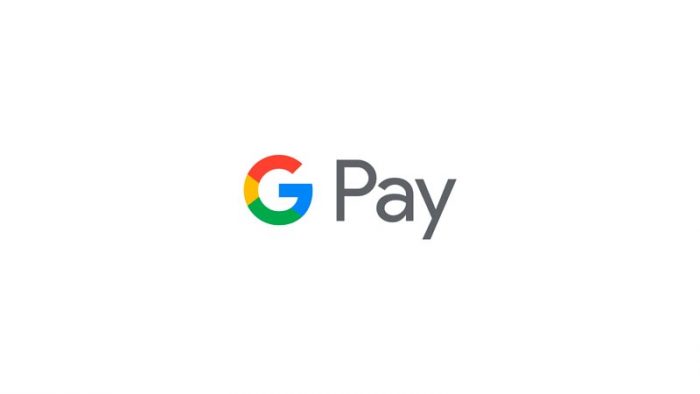If you have been wondering how Google Pay works, this is the best place to be. Google Pay is a subsidiary of Google; it’s a digital wallet and an online payment system. It allows the user to make payment of goods using their mobile phones or tablets. Google Pay is the combination of two modes which is the Android Pay and Google wallet to give it a unique look.
Merchant services make use of Google Pay’s API to allow users to pay for goods and services using the Google Pay platform. Users can also automatically do a transaction by making use of the payment cards used on Google Play. This is possible because Google Pay comes with a feature that links them together. Google Pay also included support for event tickets, boarding passes, and more.

How Google Pay Works?
Step by step explanation of how Google Pay works:
- When the customer chooses the ‘Google Pay button’. The system initiates Google pay by using the Google API.
- Google Pay request identifies ‘CyberSource’ as the payment gateway.
- The request passes through the ‘CyberSource’ merchant ID as the gateway merchant ID.
- The customer confirms the payment. The Google API sends a request to Google Pay services to retrieve the consumer’s payment parameters.
- If the customer’s payment credentials are tokenized, Google Pay service contacts the payment network to get the appropriate cryptogram.
- The payment network delivers the right cryptogram and token to the Google Pay service.
- Google creates an encrypted payment data using the gateway-specific key which is supplied in the wallet request and includes it in the Google API response.
- The Google Pay call back returns the encrypted payment data.
- Your system prepares the Google Pay response information for submission to the CyberSource service.
- CyberSource sends the authorization request to the acquirer.
- The acquirer processes the request from CyberSource and creates the payment network authorization request.
- The payment network processes the request and creates an authorization request.
- The issuer processes the request from the payment network. The issuer looks up to the payment information and returns an approved or declined authorization message to the payment network.
- The payment network then returns the authorization response.
- The acquirer returns the authorization response to the payment application.
- The acquirer returns the authorization response to CyberSource.
- CyberSource returns the authorization response to your device.
- Your device returns the authorization response to the payment application.
- The payment application displays the confirmation or decline report to the user.
Recommended: